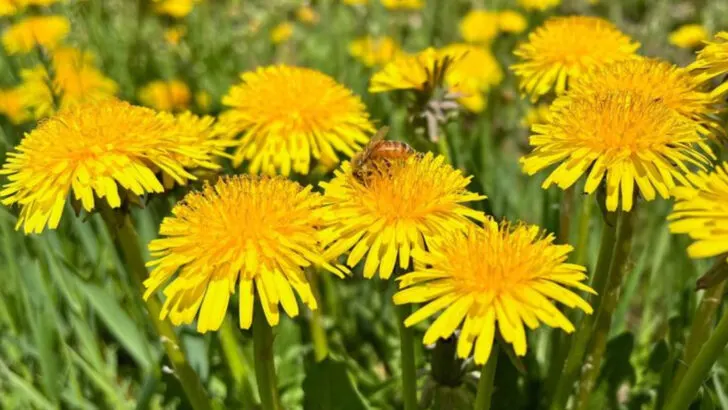Before you pull out that patch of pesky weeds, take a closer look—they might be doing your soil more good than harm. Some of the most common wild plants we’re quick to remove are actually powerful, natural fertilizers hiding in plain sight.
In this article, we’ll uncover 11 so-called ‘weeds’ that improve soil health, boost nutrient availability, and support a more resilient garden ecosystem. Once you learn how to identify and use them, you may never look at your garden’s “uninvited guests” the same way again. Sometimes, the best soil boosters are the ones you didn’t even plant.
Dandelion
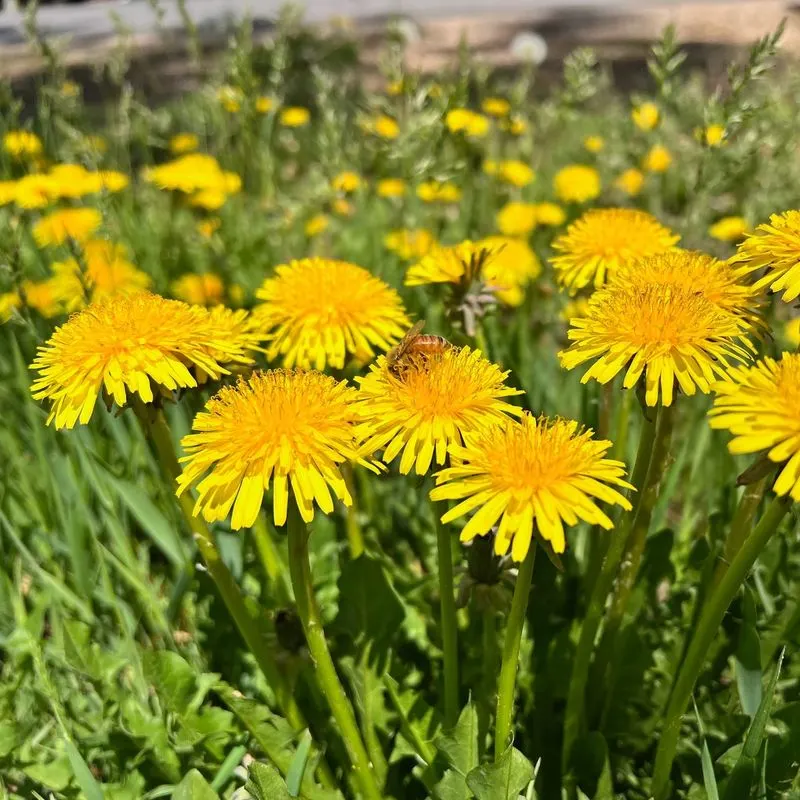
Vibrant yellow flowers often seen as a nuisance, dandelions are actually soil-nutrient powerhouses. They dig deep with their taproots, pulling up essential minerals like calcium and potassium. These minerals are then deposited on the topsoil, enriching it naturally. Furthermore, their leaves can be used to make a nourishing compost tea, providing a natural boost to your plants. Rich in iron and vitamin C, dandelions support plant health in numerous ways. So, before you pull these sunny blooms out, consider their hidden benefits. Harness their power to improve your garden’s vitality and resilience.
Clover
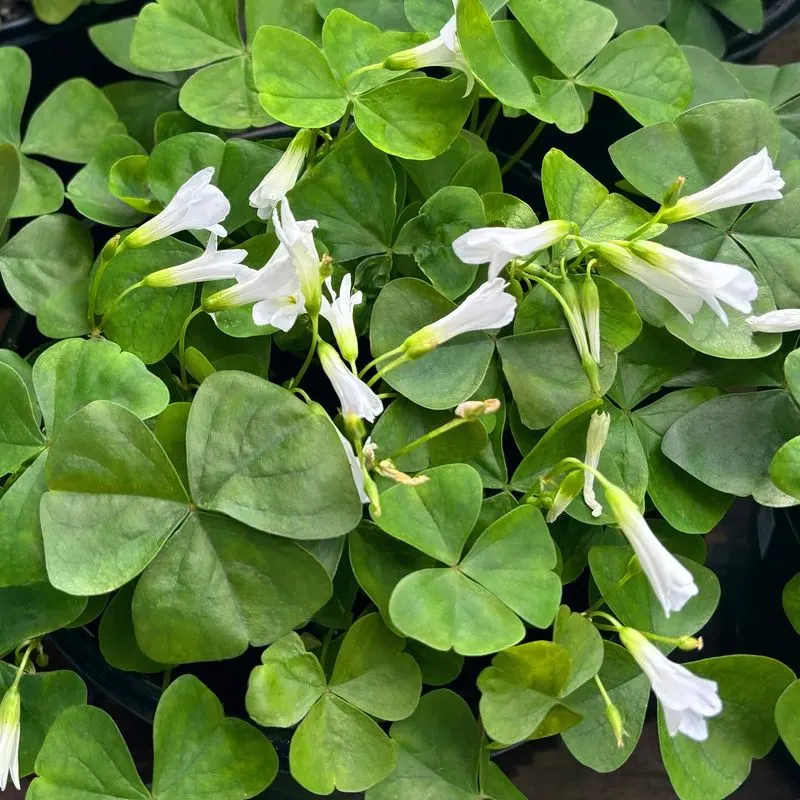
Clover, with its trifoliate leaves, is more than just a lucky charm. This humble plant is a natural nitrogen fixer, enhancing soil fertility by converting atmospheric nitrogen into a form plants can use. Its dense growth pattern suppresses unwanted weeds, acting as a natural ground cover. Clover’s blossoms also attract pollinators, contributing to a healthy ecosystem. Its ability to tolerate poor soil conditions makes it a resilient companion in the garden. Embrace clover’s quiet magic, turning your garden bed into a nurturing space for your plants to flourish beautifully.
Stinging Nettle
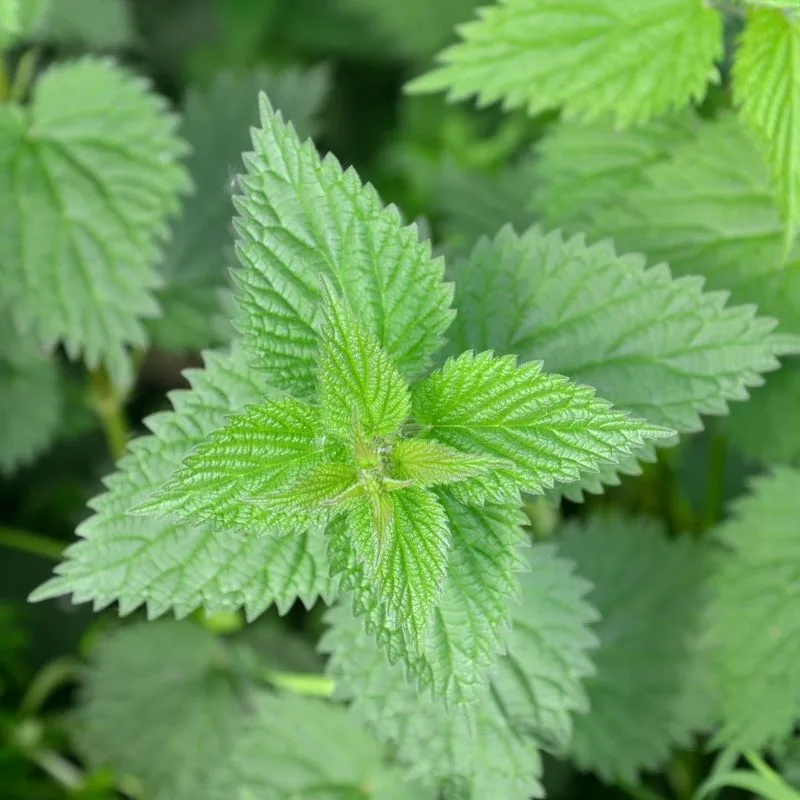
Known for its prickly demeanor, stinging nettle hides a wealth of nutrients beneath its sting. Packed with nitrogen, magnesium, and iron, nettle leaves create an invigorating compost tea that energizes the soil. Its rapid growth cycle ensures a steady supply of green material for composting. Beyond soil enhancement, nettles support biodiversity by providing habitat for beneficial insects. With a history of medicinal use, nettles bridge the gap between wild and cultivated spaces. Handle with care, but do not overlook their potential to rejuvenate and sustain your garden ecosystem.
Comfrey
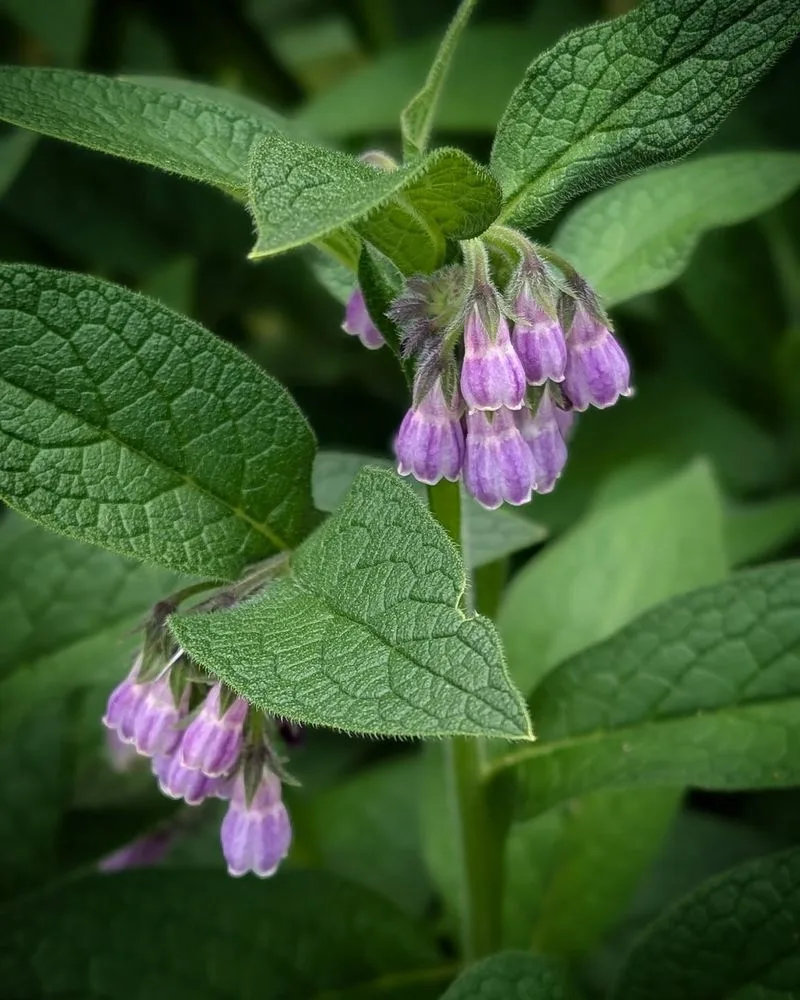
Gardeners value comfrey for its deep roots that draw up nutrients such as potassium, phosphorus, and calcium from the subsoil. These nutrients become accessible when its leaves decompose, acting as a slow-release fertilizer. Comfrey’s rapid growth allows for multiple harvests throughout the growing season, providing a continuous supply of nutrient-rich mulch. Its attractive flowers attract pollinators, adding beauty and functionality to the garden. The versatility of comfrey as a dynamic accumulator makes it an invaluable asset for sustainable gardening. Tap into its potential to invigorate your garden naturally.
Chickweed
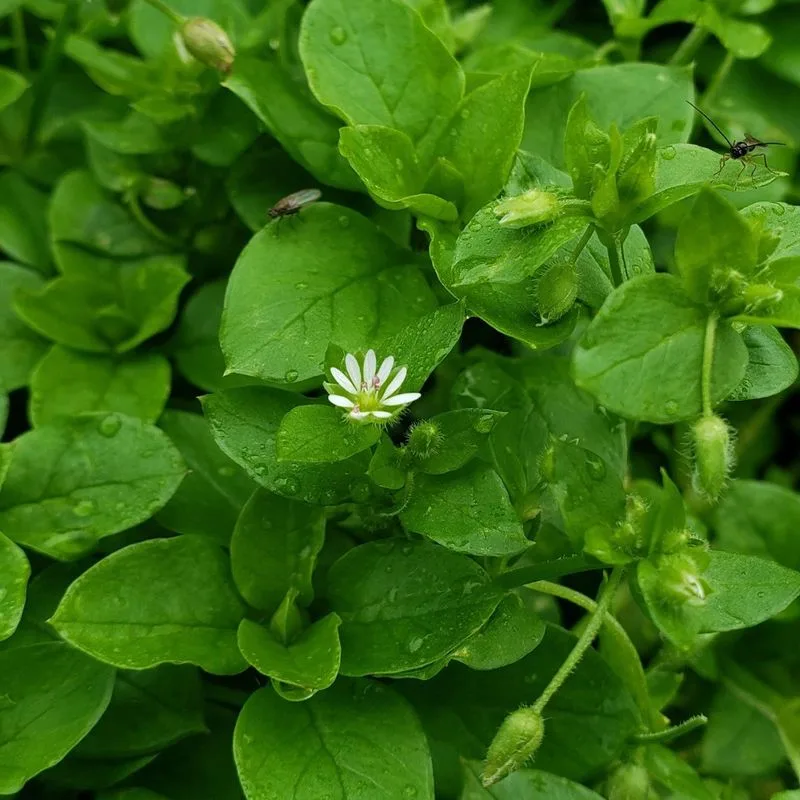
Despite its delicate appearance, chickweed is a robust ally in the garden. This low-growing wonder is rich in essential nutrients like potassium and phosphorus. Its creeping habit helps suppress other weeds, making it an effective live mulch. When added to compost, chickweed accelerates decomposition, enhancing nutrient availability. Historically used for its soothing properties, chickweed supports both garden and gardener alike. Rather than seeing it as merely a weed, recognize its role as a beneficial component in your garden’s nutrient cycle. Let chickweed contribute to your garden’s well-being.
Lamb’s Quarters
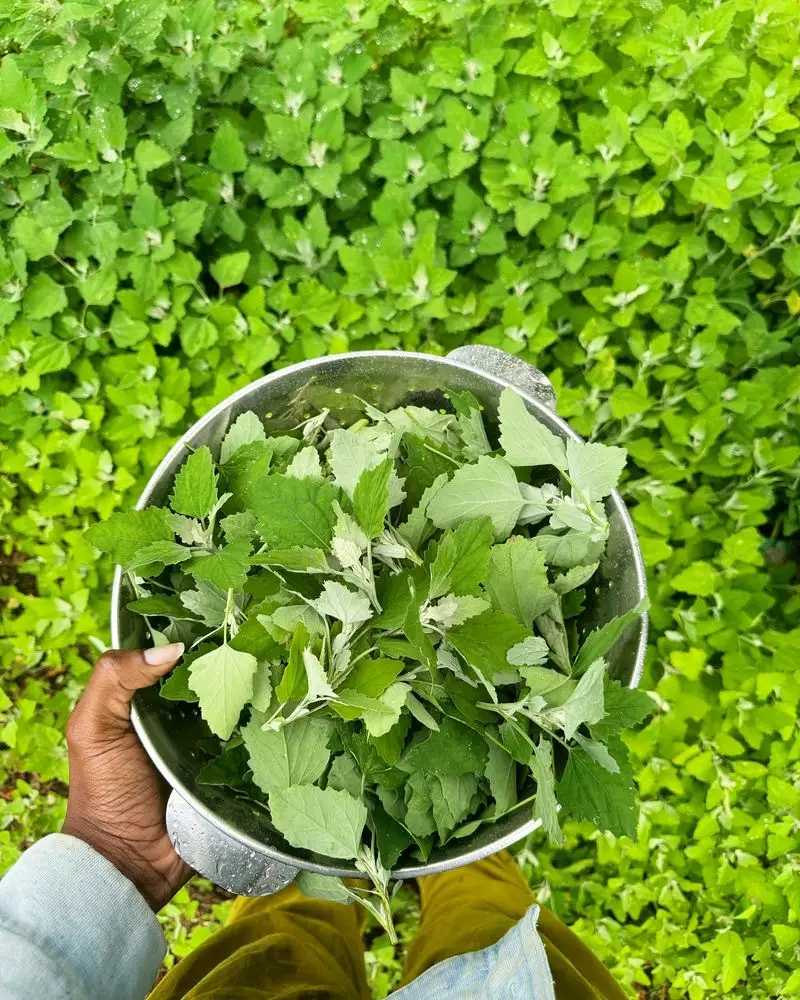
Often mistaken for a common weed, lamb’s quarters stand tall with nutritional prowess. Rich in essential minerals such as calcium, phosphorus, and magnesium, its leaves can be a boon to your compost pile. This annual plant grows rapidly, ensuring a frequent supply of green matter for soil enrichment. Beyond its fertilizing potential, lamb’s quarters are edible, offering a spinach-like flavor. Historically cherished for its culinary and medicinal uses, this plant bridges the gap between garden weed and valuable resource. Invite lamb’s quarters into your garden for a sustainable boost.
Yarrow
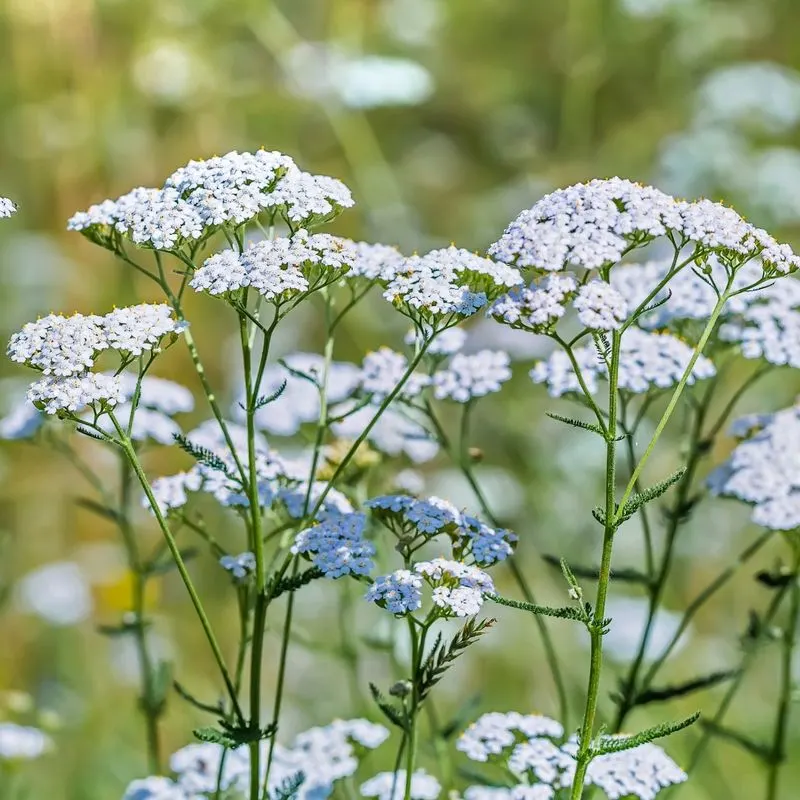
Yarrow’s feathery foliage and vibrant blooms are more than ornamental. This perennial herb enhances soil structure by increasing porosity and helping retain moisture. Its leaves are rich in nutrients like potassium and calcium, making them excellent for composting. Yarrow’s ability to attract beneficial insects is an added bonus, promoting garden biodiversity. Ancient cultures revered yarrow for its medicinal properties, and its legacy continues in modern gardens. By integrating yarrow, you invite a harmonious blend of beauty and functionality to your landscape. Cultivate yarrow for a thriving garden ecosystem.
Borage
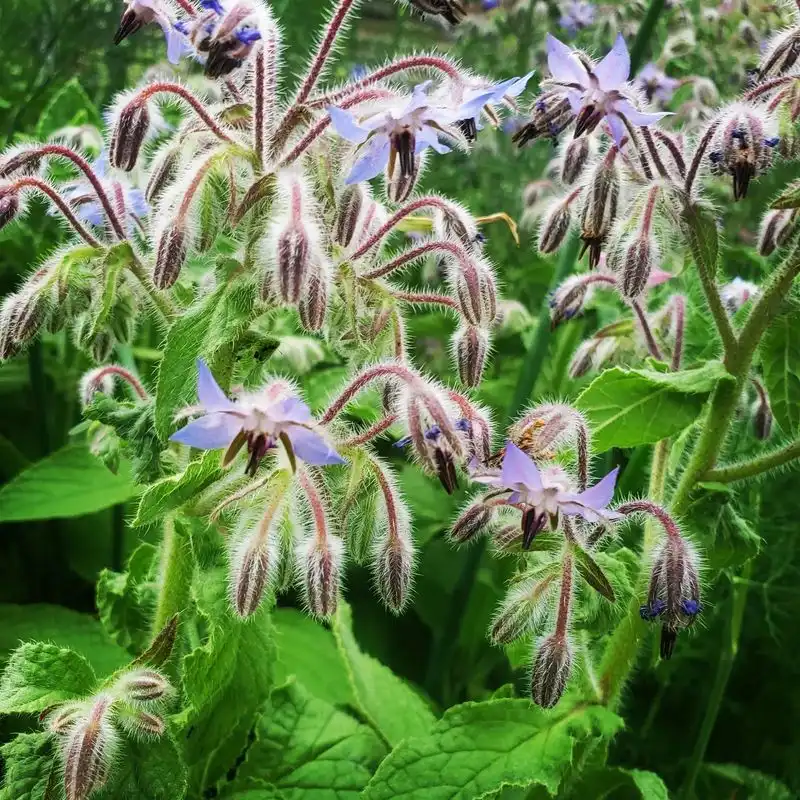
With its striking blue flowers and cucumber-flavored leaves, borage is a delight in any garden. This hardy annual excels in improving soil quality by accumulating minerals such as silicon and potassium. As borage decomposes, these nutrients enrich the soil, fostering plant growth. Its flowers are a magnet for pollinators, enhancing the garden’s ecological balance. Borage’s culinary uses extend beyond its beauty, adding flavor and nutrition to salads. Historically associated with courage, borage continues to support courage in the garden by reinforcing soil fertility. Invite borage to bolster your garden’s vitality.
Plantain
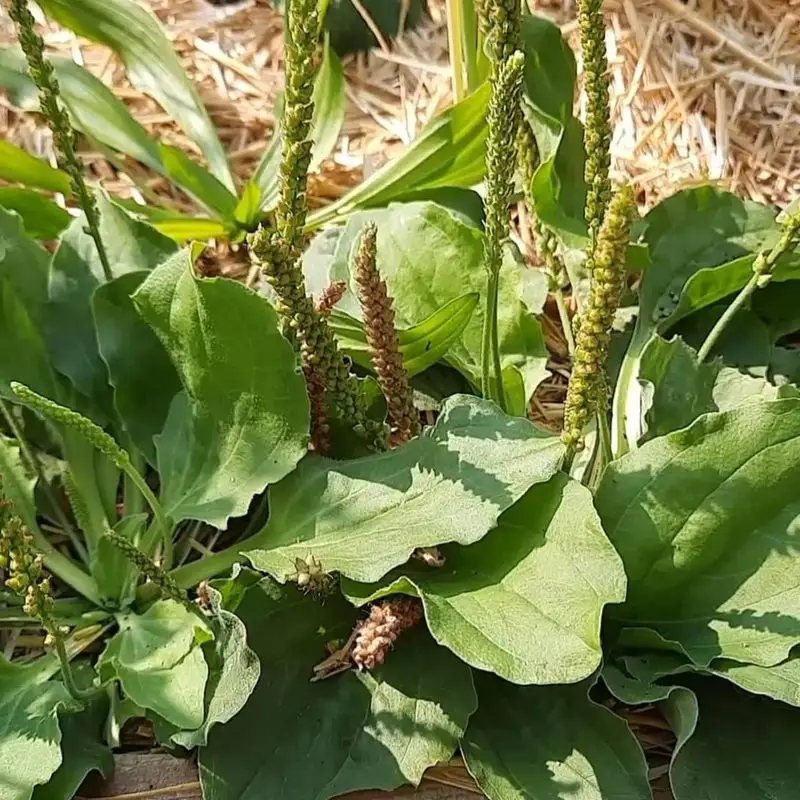
The broadleaf plantain is often overlooked, yet it holds remarkable soil-enhancing properties. Able to grow in compacted soil, it aerates and loosens the earth with its roots. Its leaves are rich in calcium and magnesium, making them excellent candidates for composting. Beyond its role in improving soil structure, plantain has a long history of medicinal use. Its presence in the garden supports both biodiversity and plant health. Turn to plantain as a natural ally, revitalizing your garden with its resilient and beneficial nature.
Yellow Dock
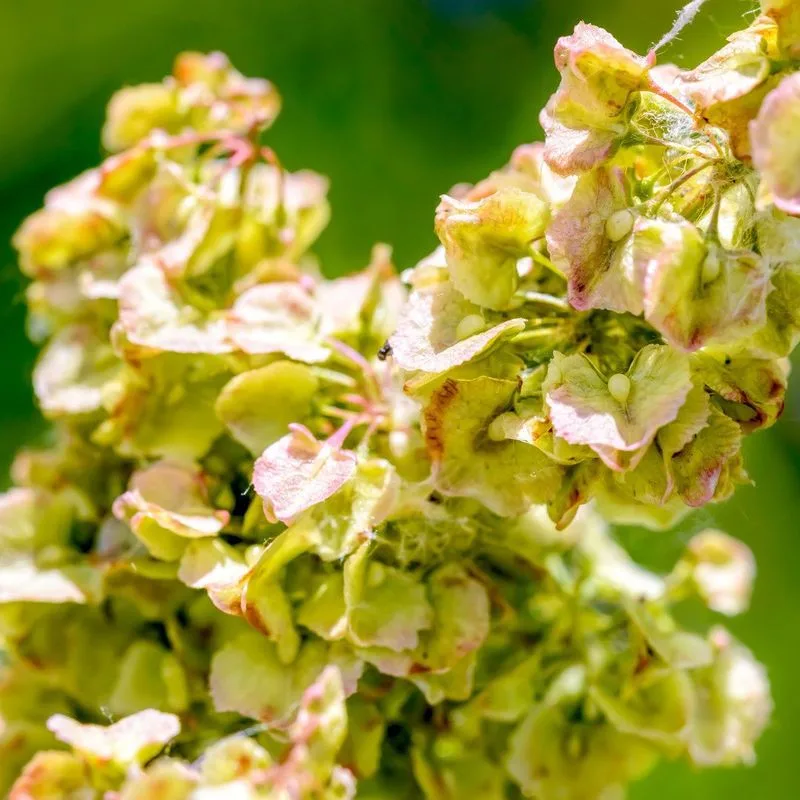
The deep-reaching roots of yellow dock draw up nutrients like iron and phosphorus from the subsoil, depositing them on the surface as its leaves decay. This biennial plant thrives in poor soil, making it a valuable companion in areas needing rehabilitation. Its leaves and seeds have been used historically for their medicinal properties, bridging the gap between weed and resource. Encouraging yellow dock to grow in your garden can enhance soil fertility and structure. Let yellow dock be part of your strategy for a sustainable and nutrient-rich garden.
Shepherd’s Purse
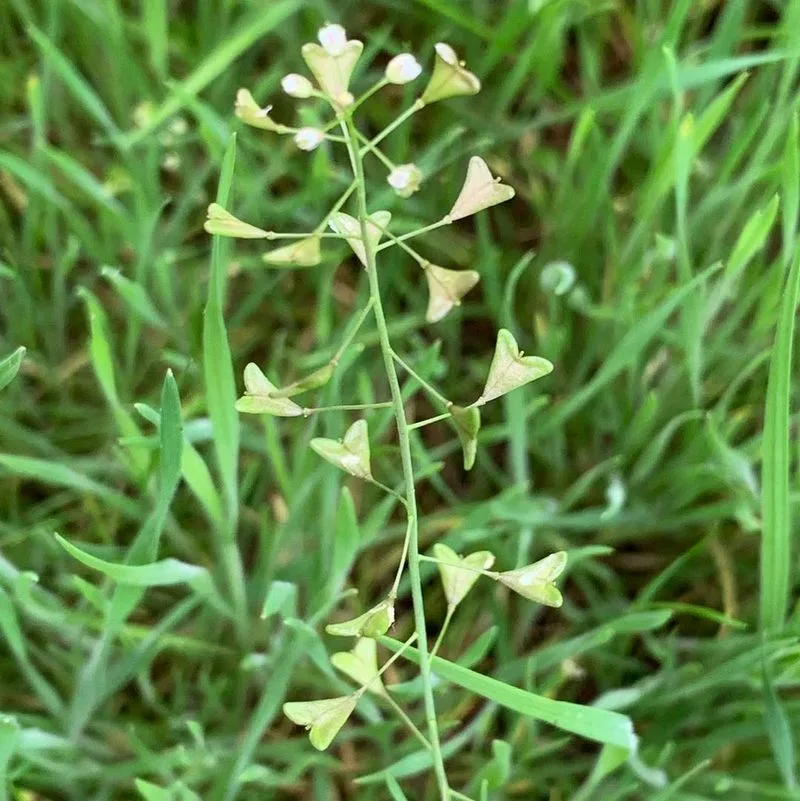
Named for its distinctive heart-shaped seed pods, shepherd’s purse is more than just a pretty face. Its roots break up compacted soil, enhancing aeration and nutrient flow. Leaves are rich in potassium and sulfur, beneficial for composting. Beyond its agricultural benefits, shepherd’s purse has a storied history in folk medicine. Its presence in your garden contributes to a balanced ecosystem and improves soil health. By cultivating shepherd’s purse, you invite a unique blend of historical charm and practical benefits to your green space.

